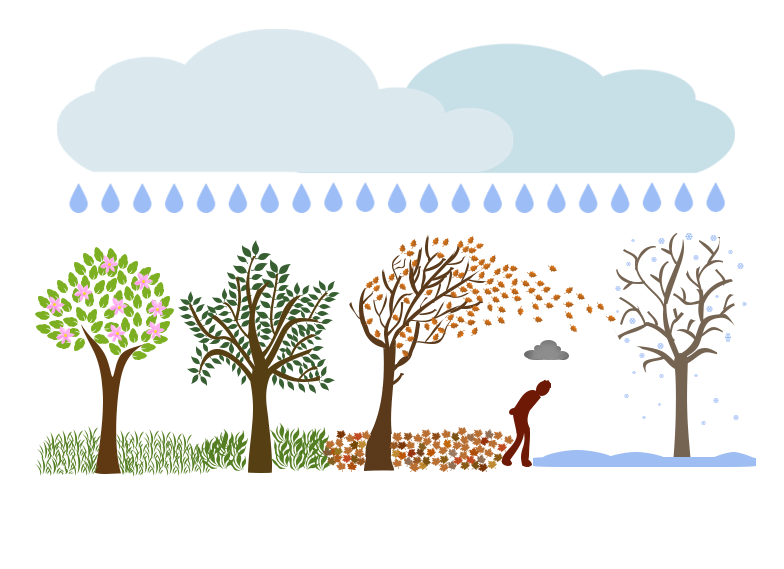SAD Doesn’t Have to Be a Permanent State of Mind
November 19, 2019
It’s getting colder and darker. With these seasonal conditions, people tend to stay inside where it’s nice and warm. And while this might be great for some people, for others it can lead to seasonal depression.
Seasonal depression, or seasonal affective disorder (SAD), is a type of depression that correlates to changes in seasons. It occurs at the same time of year every year. The most common type of SAD is called winter depression, occurring during late fall and winter and goes away during the sunnier days of spring and summer.
Some symptoms of SAD are: depression most of the day, loss of interest in activities, weight gain, sleep issues, feelings of hopelessness and worthless and guilt.
Avrie, a Cartersville High senior, explains how SAD affects her life: “As it gets colder outside, I start going out less. My skin tone gets paler and I start to gain weight, [which all] lowers my self-confidence and I get depressed. It’s a vicious cycle.”
Avrie is not alone. SAD is estimated to affect around 10 million Americans, with 10 to 20 percent outside of that population having a milder form of SAD. The age of SAD onset is between 18 to 30 years of age. Some people suffer symptoms severe enough to affect quality of life, and 6 percent require hospitalization.
Because symptoms of SAD are triggered by a lack of light, they usually go away when available light increases. SAD is often treated with increased light exposure during the winter months. However, in stronger cases SAD is treated with more intensive light therapy involving a special light that simulates sunlight. This light is set on someone’s table or desk and the person sits in front of it for approximately 45 minutes day, usually in the morning. Other forms of treatments include talk therapy and medications.
SAD is a seasonal depression that is easily treatable. If someone is suffering from SAD, he/she should talk to their doctor for treatment.



